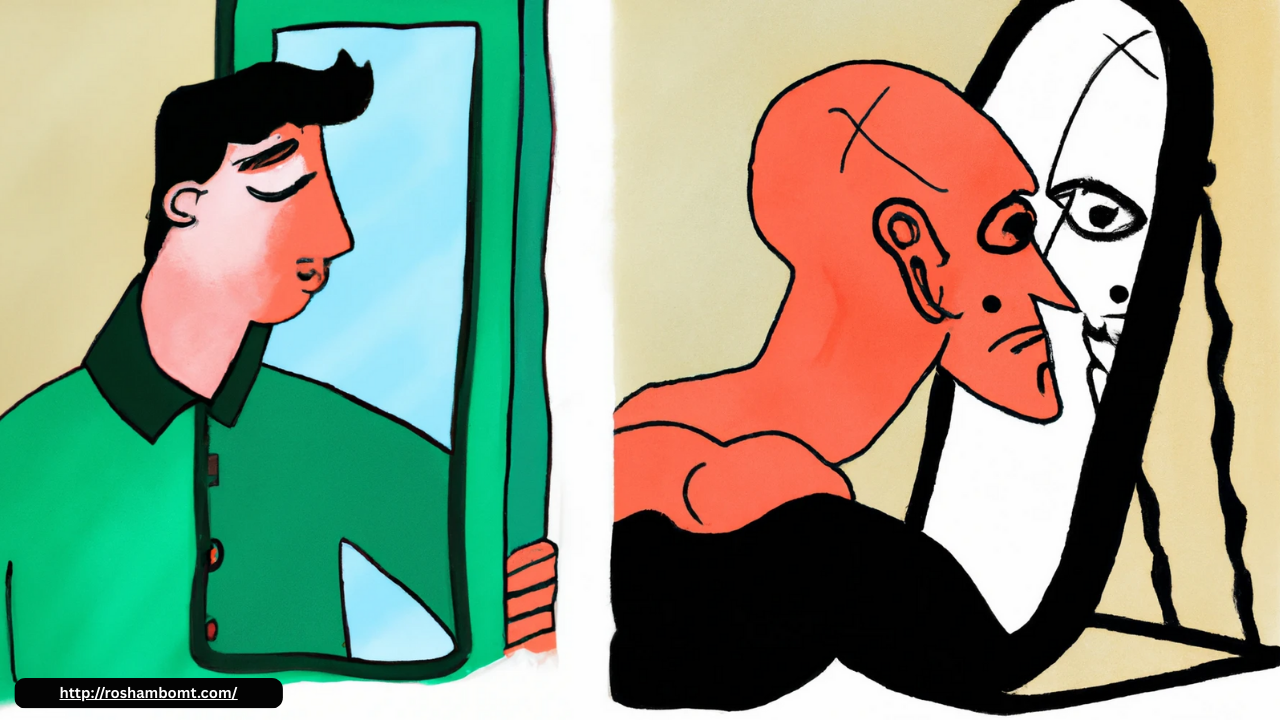
The journey of an artist is deeply personal, often filled with moments of joy, frustration, triumph, and uncertainty. Among the many challenges artists face, self-doubt is perhaps the most persistent. It whispers questions of worth, ability, and direction, threatening to derail progress and dim creative passion. Yet, overcoming self-doubt is a vital part of the artist’s path—and doing so requires courage, persistence, and a willingness to embrace the process of creation.
Understanding Self-Doubt
Self-doubt is a natural companion in any creative pursuit. The vulnerability involved in expressing one’s inner world through art can be daunting. Whether it’s fear of criticism, comparison with others, or perfectionism, these doubts can lead artists to second-guess their work or abandon projects prematurely.
It’s important to recognize that self-doubt doesn’t signal failure. Instead, it often indicates growth. Doubting your work means you care about its quality and impact. The key is not to eliminate self-doubt entirely, but to learn how to move forward in spite of it.
Embracing the Creative Process
One of the most powerful ways to combat self-doubt is to embrace the creative process itself. Creativity is not a linear journey—it’s a winding road with detours, experiments, and unexpected discoveries. Understanding that mistakes and missteps are essential parts of this process can help artists release the pressure to be perfect.
Rather than focusing solely on the end result, artists can find fulfillment in the act of creating. Allowing room for play, exploration, and even failure makes the process more enjoyable and less intimidating. Over time, this approach builds confidence and resilience.
Daily Practices to Build Confidence
Developing consistent creative habits is another effective strategy for overcoming self-doubt. Daily practice reinforces discipline and provides small wins that accumulate over time. Whether it’s sketching, journaling, composing, or experimenting with new techniques, regular engagement with one’s art fosters growth and self-assurance.
Journaling can be especially helpful in identifying and challenging negative thoughts. Writing down doubts and then responding to them with affirmations or evidence of past successes can shift perspective and boost morale.
Seeking Support and Feedback
Artists don’t have to face self-doubt alone. Sharing work with trusted peers, mentors, or creative communities can provide valuable encouragement and constructive feedback. Others often see potential and progress that the artist may overlook.
Support networks also remind artists that they are not alone in their struggles. Hearing about others’ challenges and how they overcame them can be incredibly motivating and reassuring.
Celebrating Progress
Taking time to acknowledge achievements, no matter how small, is crucial in building self-confidence. Whether it’s completing a piece, trying a new technique, or receiving positive feedback, each step forward is worth celebrating.
Looking back on previous work can also highlight how far an artist has come. Progress is often gradual, and recognizing growth can be a powerful antidote to self-doubt.
Conclusion
The artist’s journey is as much about personal growth as it is about producing art. By acknowledging self-doubt, embracing the creative process, and cultivating supportive habits, artists can transform uncertainty into strength. Through persistence and self-compassion, they discover that the journey itself is a vital part of their artistic identity.